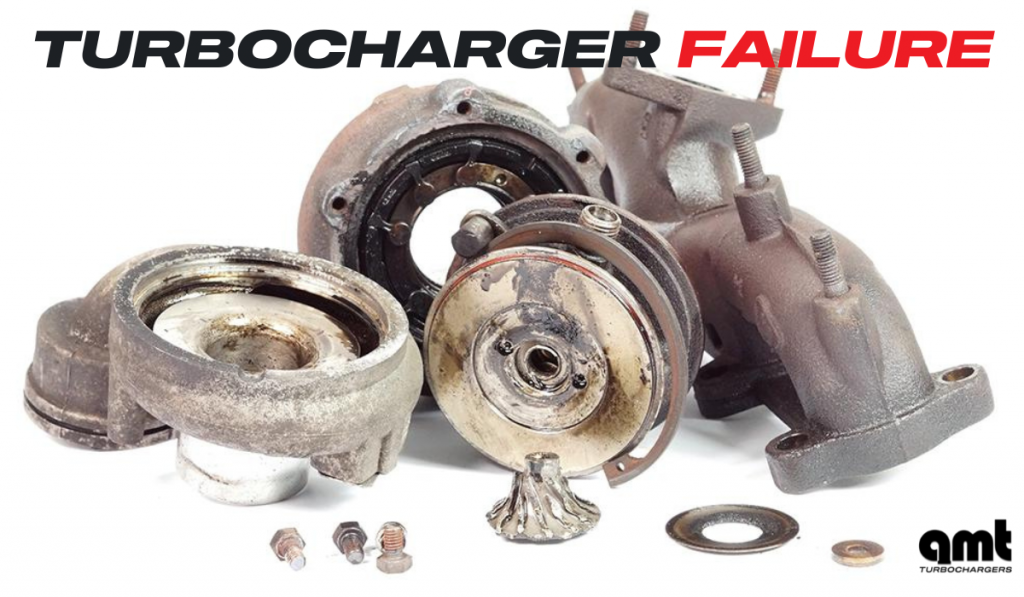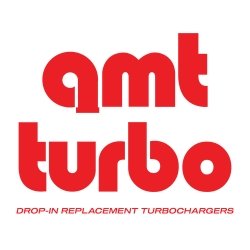-
About Turbochargers
-
Installation Guides
-
Troubleshooting
What are the reasons for turbocharger failure?

In this section, we will examine the common reasons for turbocharger failure, how to identify a faulty turbo, and the necessary steps to prevent the same issues from occurring after replacement.
Turbochargers are typically very reliable, with less than 1% of warranty inspections finding an issue with the turbo itself. The majority of turbocharger failures, around 95%, are caused by oil contamination, oil starvation, or foreign body impact damage.
If you require any assistance or guidance, please feel free to contact us.
Causes of Faulty Turbocharger:
Oil Contamination
The turbine shaft and internal bearings of the turbocharger rely on a thin film of oil to rotate. Contamination of this oil can lead to surface degradation of these critical components, resulting in turbocharger failure.
Oil contamination can be caused by various factors, including:
- Use of oil beyond the recommended service interval
- Poor quality, damaged, or blocked oil filter and/or filter bypass valve
- High carbon buildup in the engine
- Excessive engine temperatures
When fitting a replacement turbocharger, always clean or replace oil inlet pipes, replace oil filters, and use fresh oil of the recommended grade by the engine manufacturer.
Oil Starvation
Oil starvation occurs when there is insufficient oil supply to the turbocharger, leading to immediate failure due to bearing damage.
Oil starvation can be caused by:
- A bent or blocked oil feed pipe
- Low engine oil in the sump
- Poor quality, damaged, or blocked oil filter
- Blocked oil inlet gasket
- The engine not being used for extended periods
When fitting a replacement turbocharger, in addition to the above, always prime the turbocharger with fresh oil, check oil pressure in the turbocharger, and never use silicon to fix oil gaskets as it can detach and cause blockages.
Impact Damage
Some turbochargers can rotate at over 300,000 RPM, and even the smallest foreign body in the system can damage the compressor or turbine wheels.
Impact damage to the compressor wheel can be caused by gasket parts entering the intake, damaged air hoses, and poor quality, damaged, or blocked air filters. Turbine wheel impact damage is typically caused by engine parts entering the exhaust system.
When fitting a replacement turbocharger, always use a new air filter, new gaskets, ensure all air hoses are in good condition and free from blockages, and check that there are no foreign bodies in the system from a previous turbocharger failure.
Oil Leaks
Turbochargers rely on positive air pressure to maintain oil lubrication of the bearings and turbine shaft. Restrictions at either the compressor or turbine end can affect this air pressure, resulting in oil leakage and inadequate lubrication.
Ensure there are no blockages in the air, oil drainage, EGR, and exhaust systems.
Overspeeding
Modern turbochargers are designed to operate at defined speeds, exceeding which can damage compressor and turbine wheels. Continued overspeeding can overboost the engine, potentially leading to complete engine failure.
Blockages in the air intake system, a faulty wastegate or electronic actuator, or a modified ECU can all cause incorrect amounts of air to enter the turbocharger.
Ensure there are no blockages to the air intake, and check that the wastegate and/or nozzle ring is operating correctly.
EGR Valve
EGR valves reduce nitrous oxide emissions by redirecting exhaust gases back into the engine cylinders.
A sooty or coked EGR valve can result in carbon buildup at the turbine end, which can block the VNT mechanism.
Actuator Failure
The vanes on a VNT turbocharger are controlled by actuators to enhance response time during low speeds. However, if there is a failure in the actuators, it can cause both low and high boost pressure, as well as unusual noise from the turbocharger. To address this issue, it’s recommended to inspect previous ECU error codes and replace any faulty engine components, especially the EGR valve.
